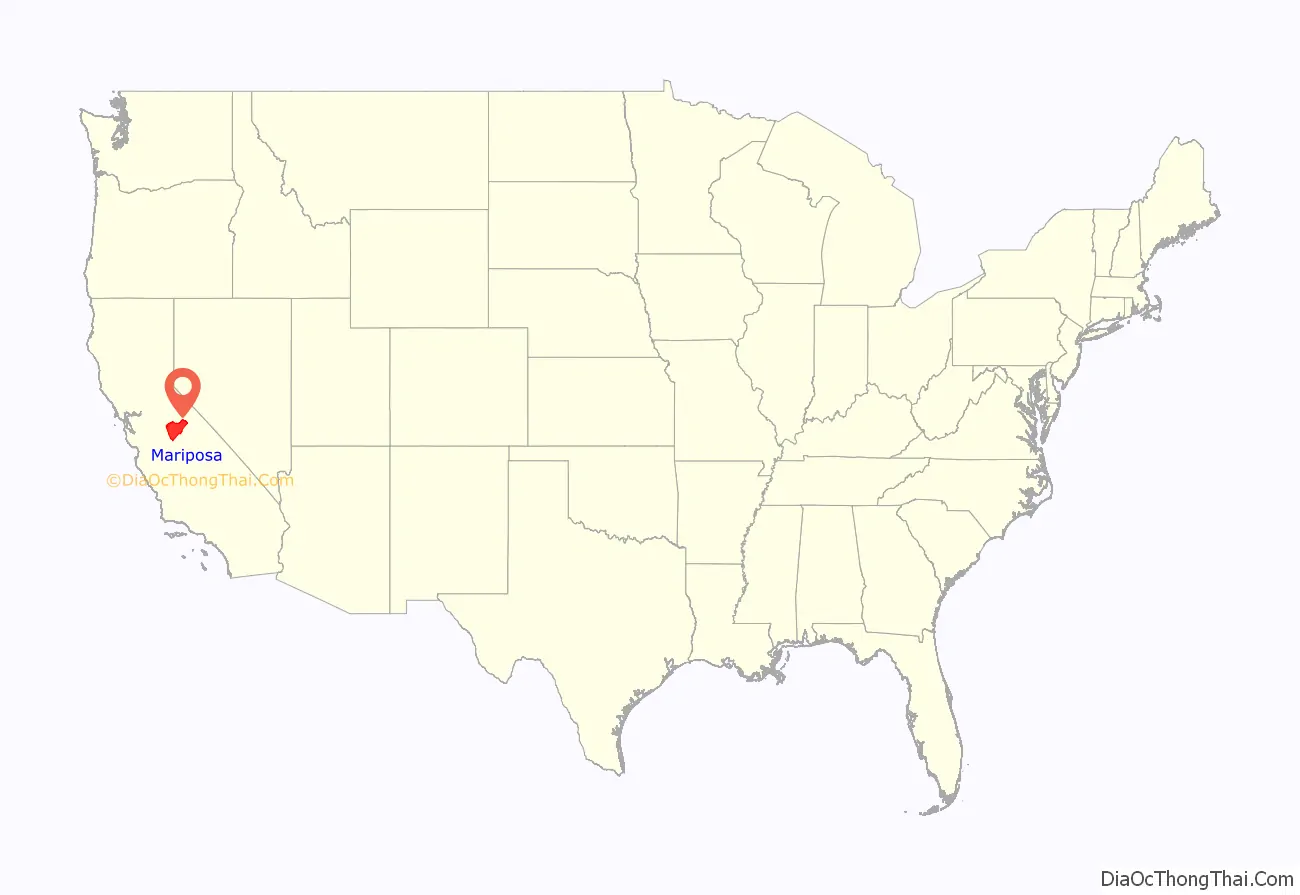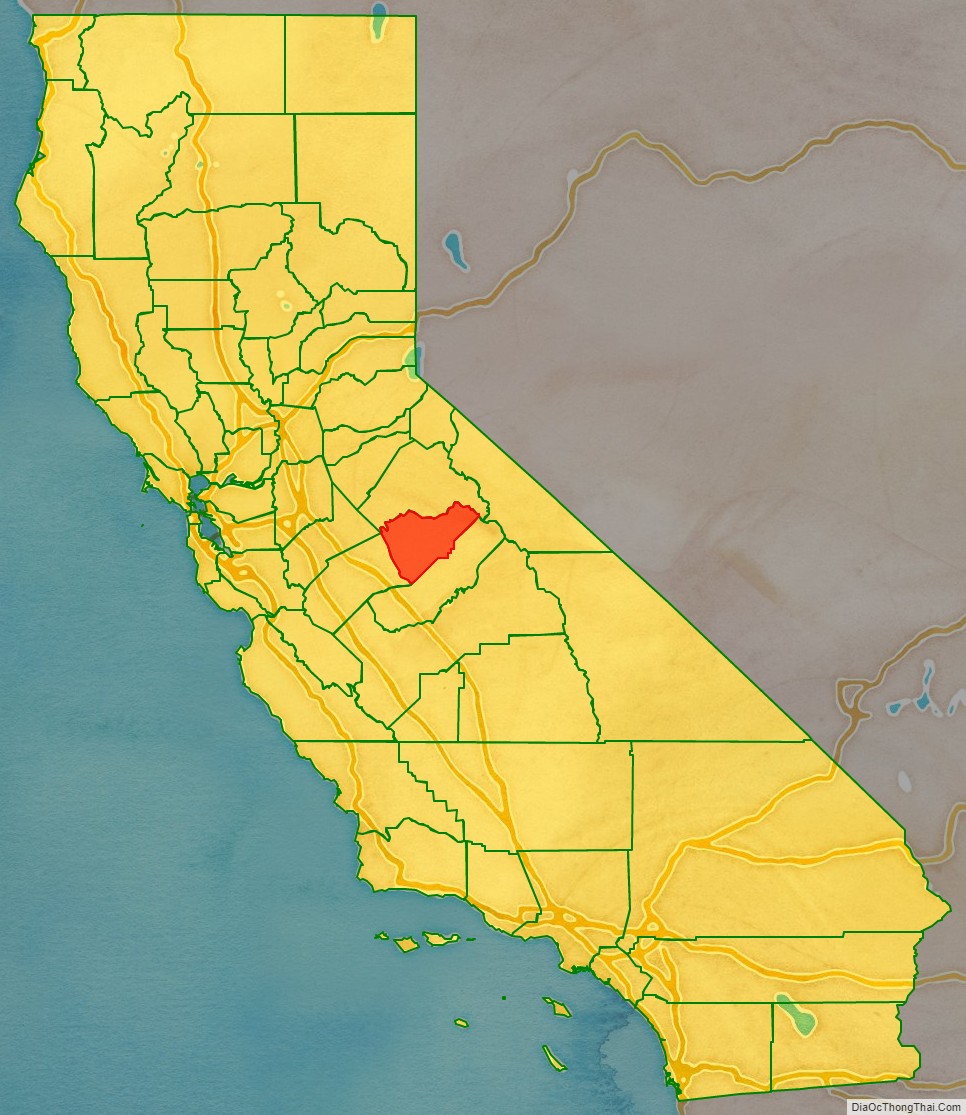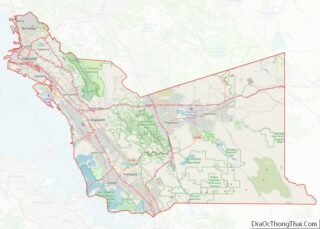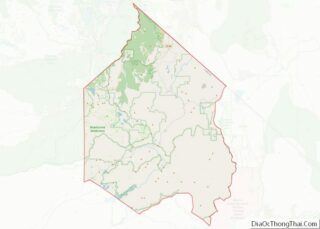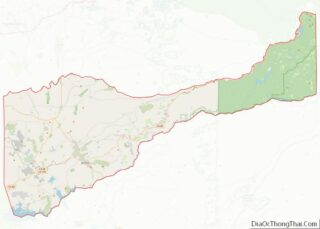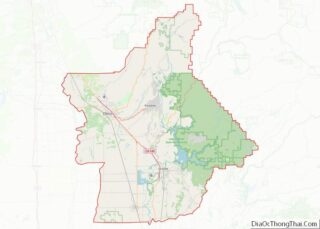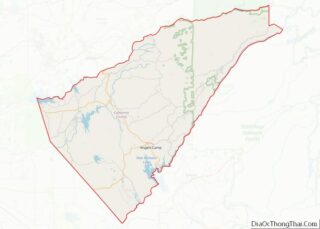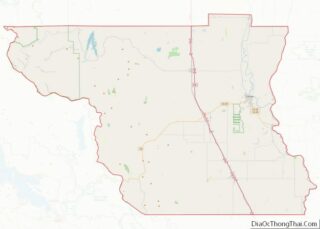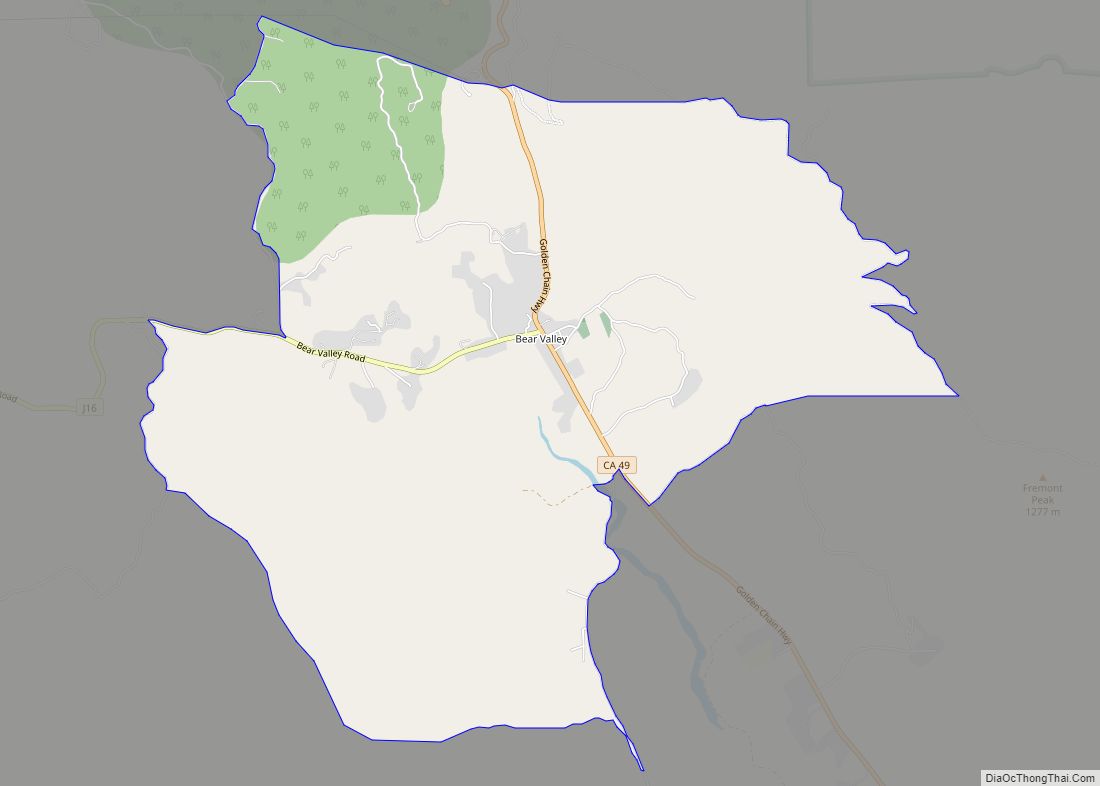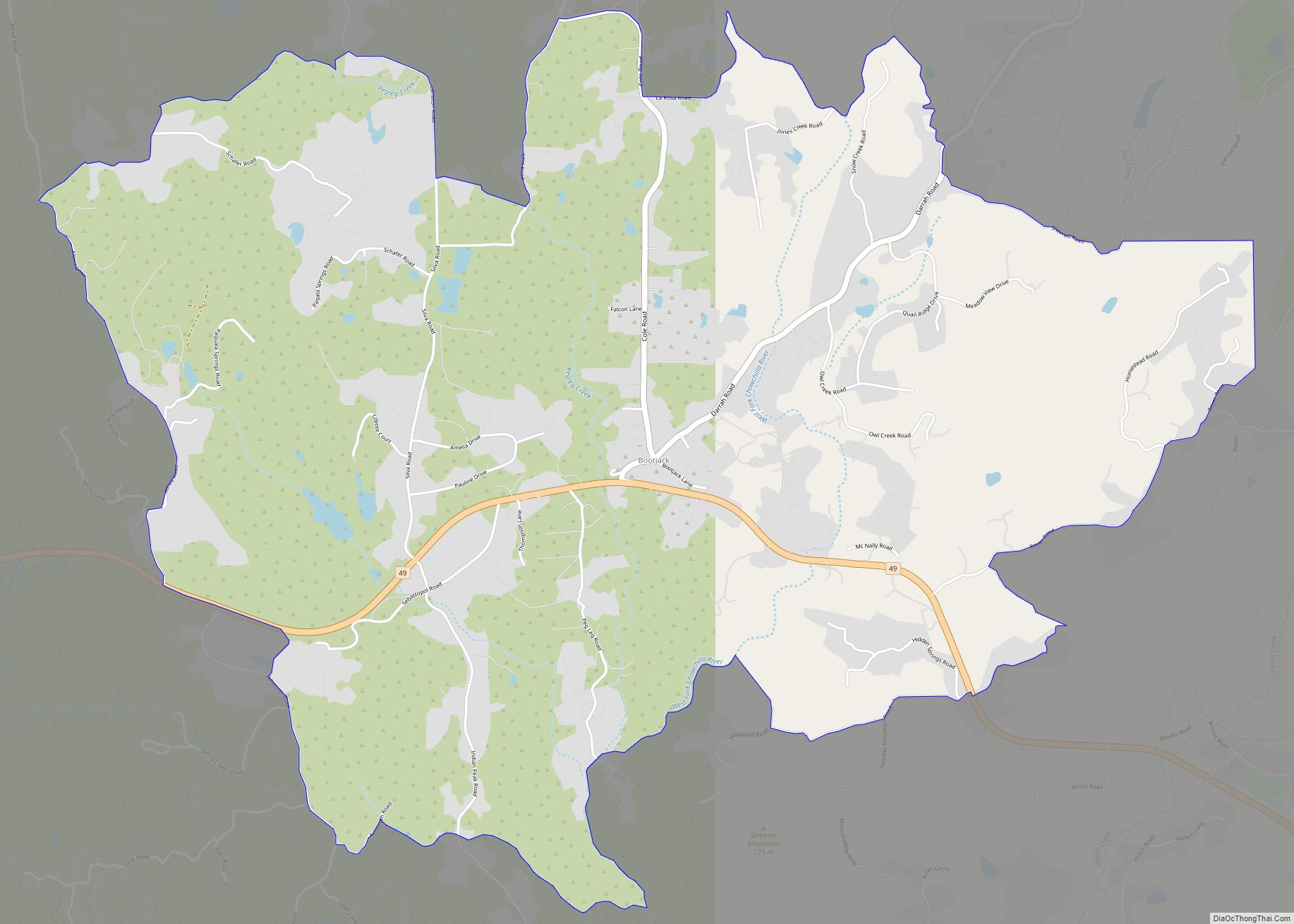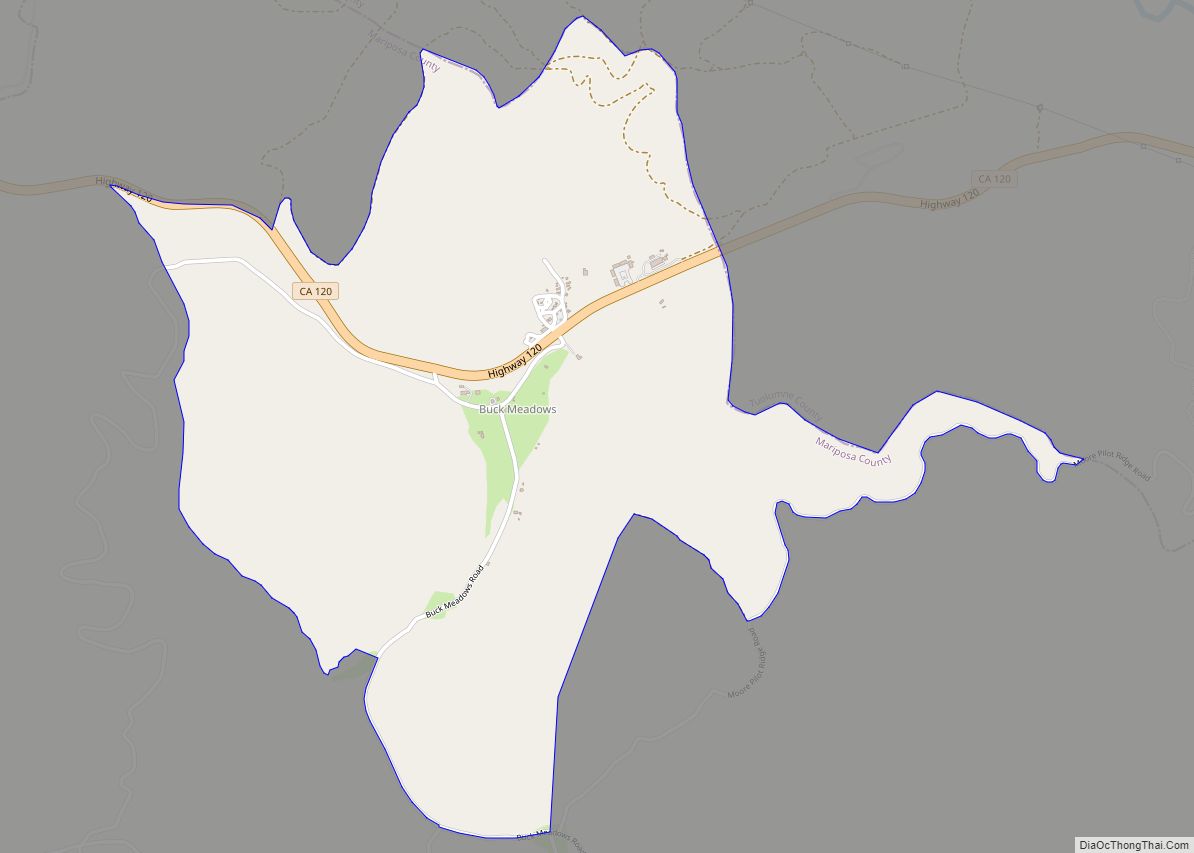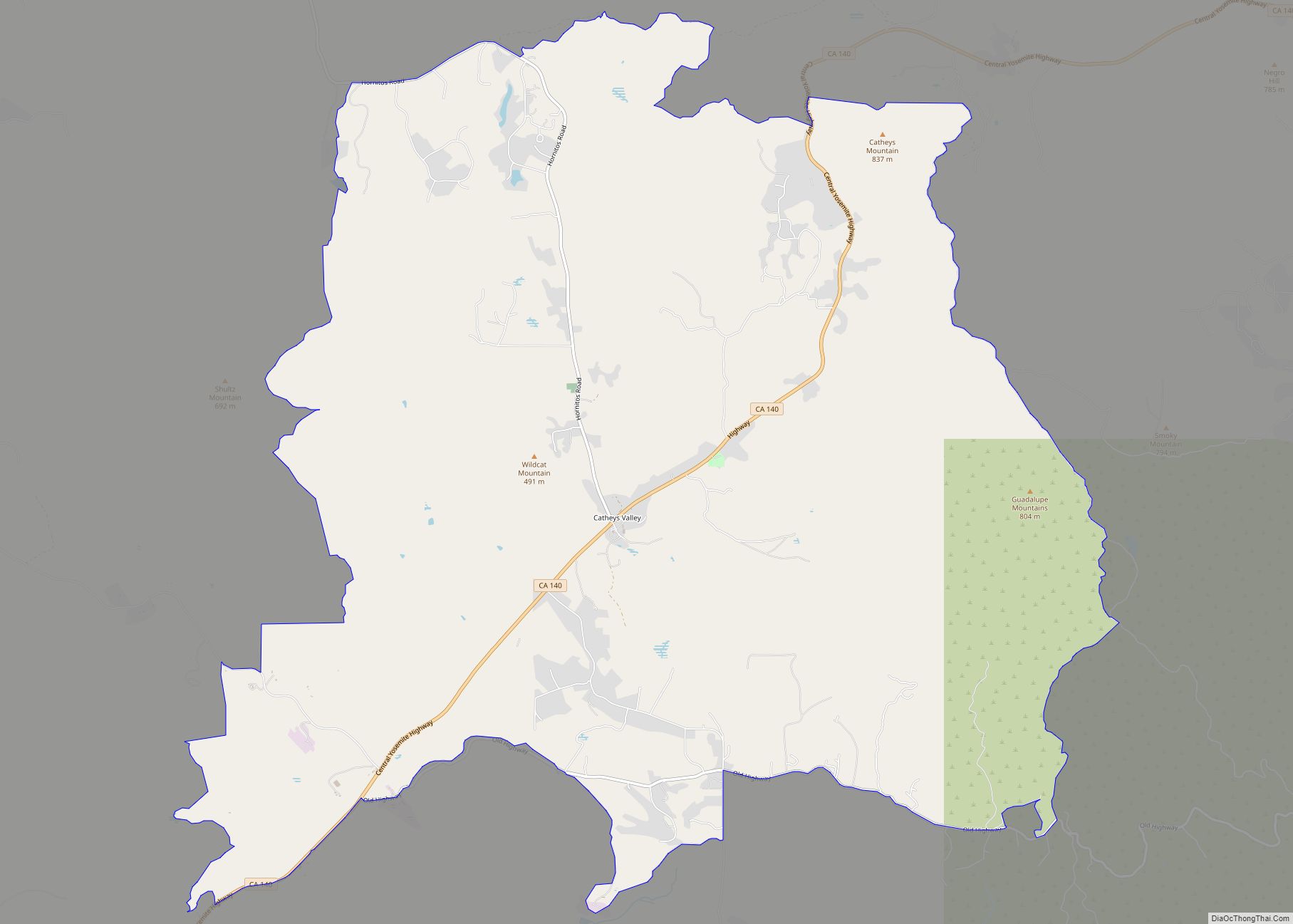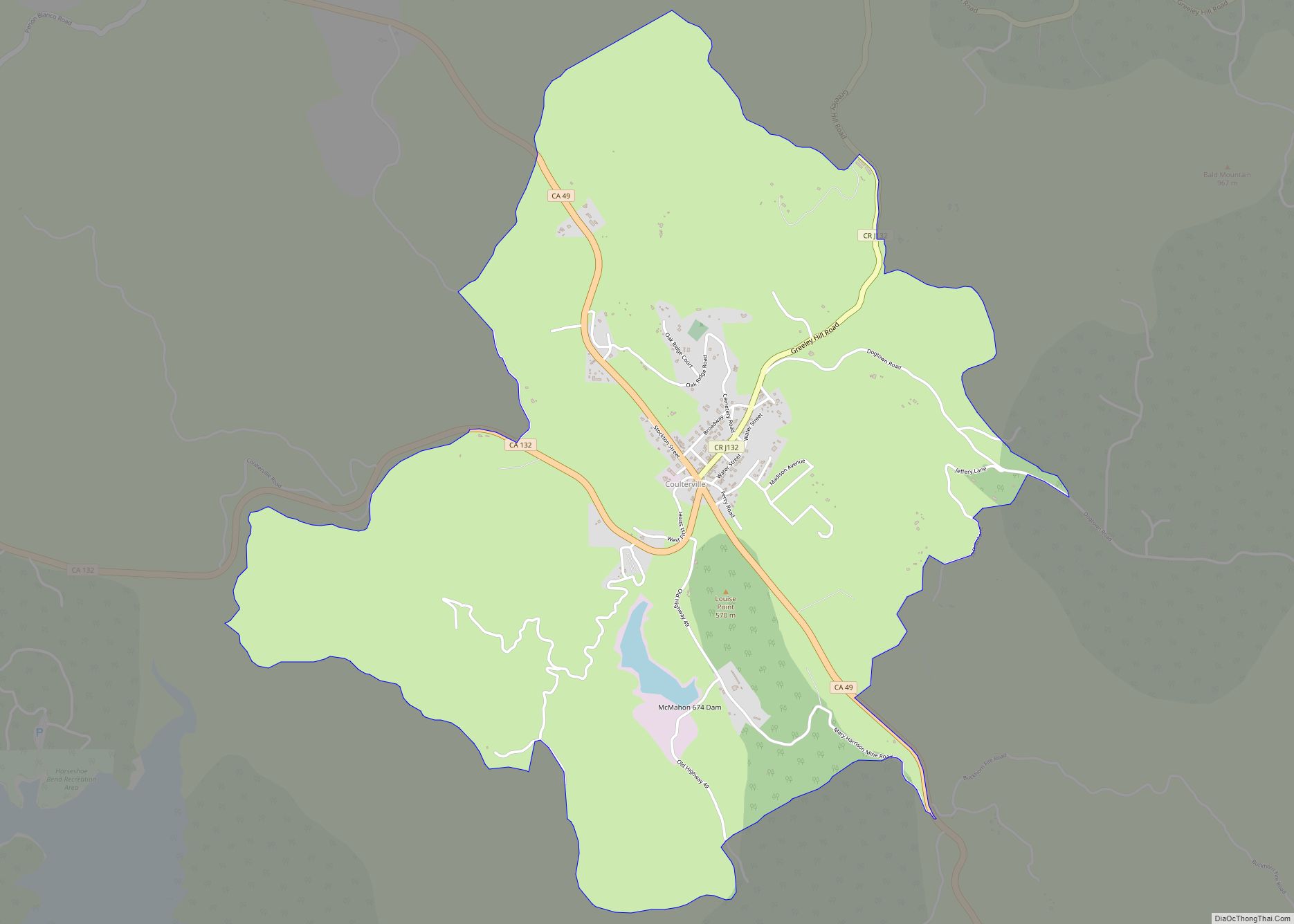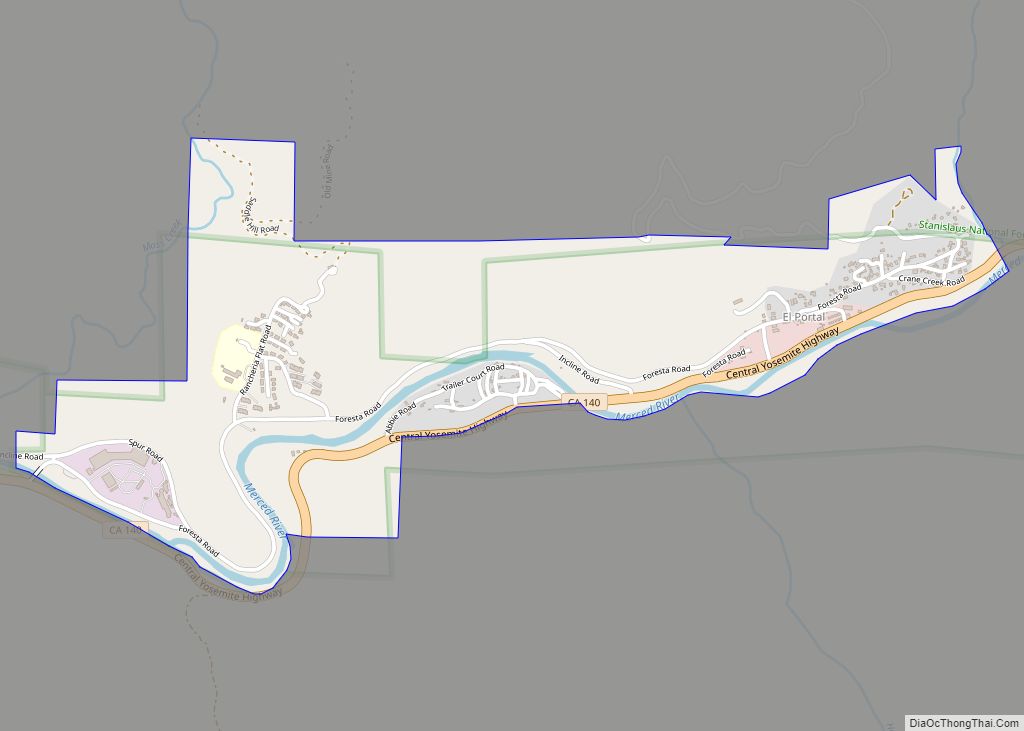Mariposa County (/ˌmærɪˈpoʊzə, -sə/ (listen)) is a county located in the U.S. state of California. As of the 2020 U.S. Census, the population was 17,131. The county seat is Mariposa. It is located in the western foothills of the Sierra Nevada mountains, north of Fresno, east of Merced, and southeast of Stockton.
The county’s eastern section is the central portion of Yosemite National Park.
There are no incorporated cities in Mariposa County; however, there are communities recognized as census-designated places for statistical purposes. It also has the distinction of having no actual traffic signals anywhere in the county. (The only other counties in California with no incorporated cities are Alpine and Trinity.)
| Name: | Mariposa County |
|---|---|
| FIPS code: | 06-043 |
| State: | California |
| Founded: | 1850 |
| Named for: | Spanish word for “butterfly” and Mariposa Creek |
| Seat: | Mariposa |
| Total Area: | 1,463 sq mi (3,790 km²) |
| Land Area: | 1,449 sq mi (3,750 km²) |
| Total Population: | 17,131 |
| Population Density: | 12/sq mi (4.5/km²) |
| Time zone: | UTC-8 (Pacific Standard Time) |
| Summer Time Zone (DST): | UTC-7 (Pacific Daylight Time) |
| Website: | www.mariposacounty.org |
Mariposa County location map. Where is Mariposa County?
History
Mariposa County was one of the original counties of California, created at the time of statehood in 1850. While it began as the state’s largest county, territory that was once part of Mariposa was ceded over time to form all or part of twelve other counties, including all of Merced, Madera, Fresno, Tulare, Kings, and Kern; and parts of San Benito, Mono, Inyo, San Bernardino, and Los Angeles. Thus, Mariposa County is known as the “Mother of Counties”.
Mariposa County’s original seat was a now-nonexistent hamlet known as Agua Fria (Spanish for “cold water”), about 3 miles directly west of Mariposa proper on Agua Fria Road, which runs from Highway 140 to the south, to the community of Mt. Bullion to the northwest. Charles Fremont moved the county seat to Mariposa in 1854, resulting in the construction of the Mariposa County Courthouse, whose grounds occupies an entire block. The historic structure is fronted by Bullion Street; Jones Street is to the rear, with 9th and 10th Streets on either side. This handsome, white judicial building erected with whip-sawed wood from nearby forests is the oldest courthouse still in use in California: cases are still tried there to this day. The courthouse is so recognizable that its likeness is on the Mariposa County Seal. Also particularly noteworthy is the courthouse’s clock tower and bell, which chimes every hour, on the hour, 24 hours a day, 7 days a week.
The county took its name from Mariposa Creek, which was so named by Spanish explorers in 1806, when they discovered a great cluster of butterflies (“mariposas” in Spanish and Portuguese) in the foothills of the Sierra. Each year, the first weekend in May, residents mark the annual arrival of migrating monarch butterflies with a “Butterfly Days” festival and parade.
Gold Rush
Mariposa County is located at the southern end of California’s Mother Lode region. During the California Gold Rush, great quantities of the prized mineral were found and extracted, first in local stream-beds and later in hard rock mines. One of the most notable beneficiaries of this wealth was the famed explorer and 1856 Republican presidential candidate, John Charles Frémont, for whom the local hospital and Charles Street (more commonly known as “Highway 140”) are named. Jessie Street, in the town of Mariposa, is named for Fremont’s wife, Jessie Benton Frémont, who came to Mariposa with her husband on many extended visits although they never took up permanent residence within the county.
Many aspects of the area’s mining history are depicted in exhibits at two local museums: the Mariposa History Museum, located in the town of Mariposa; and the California Mining and Mineral Museum, located at the Mariposa Fairgrounds (2 miles east of Mariposa on Highway 49).
Two small gold mines in Mariposa County, the Mockingbird mine and the Colorado Quartz mine, intermittently produce world-class (and very expensive) specimens of crystalline gold for mineral collectors. “Specimens from these occurrences commonly have bright luster and rich color, with well-developed crystals in unusual and attractive arrangements.” The best-known example is “The Dragon”, now on display at the Houston Museum of Natural Science.
Mariposa County Road Map
Geography
According to the United States Census Bureau, the county has a total area of 1,463 square miles (3,790 km), of which 1,449 square miles (3,750 km) is land and 14 square miles (36 km) (1.0%) is water. Along the banks of the Merced River is found the sole habitat for the limestone salamander, a rare species endemic to Mariposa County.
Adjacent counties
- Tuolumne County – north
- Madera County – southeast
- Merced County – southwest
- Stanislaus County – west
- Mono County – east
National protected areas
- Sierra National Forest (part)
- Stanislaus National Forest (part)
- Yosemite National Park (part)
